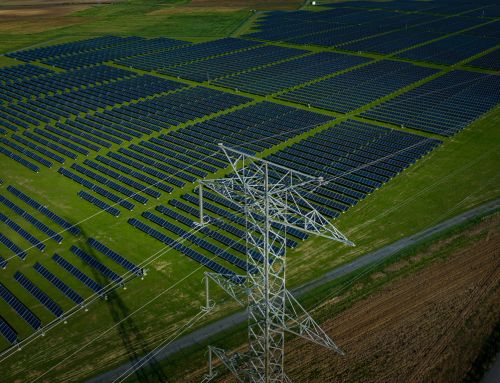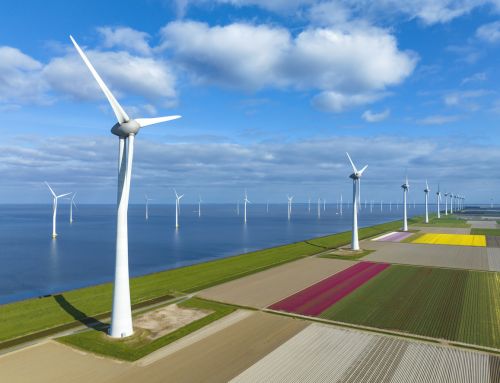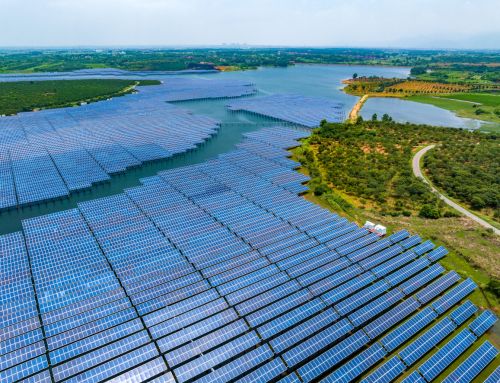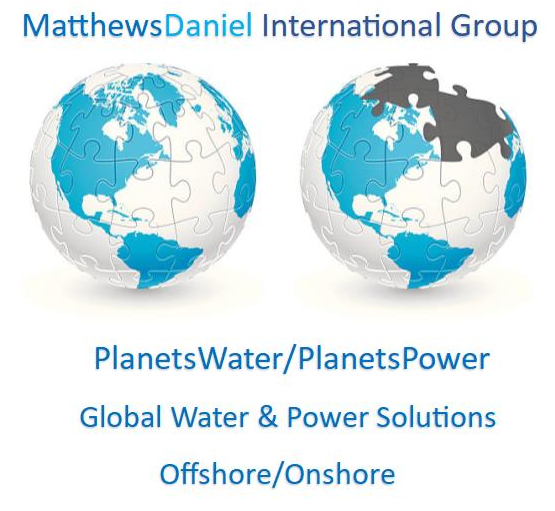Water is life, a basic necessity for all living beings. Yet, our global municipal water supply system and our consumption habits are severely compromising this essential resource. Tainted tap water, the perils of plastic bottled water, and the environmental impact of desalination have combined to create a crisis that urgently demands our attention.
1. Pollutants and Chemicals in Tap Water Countless households around the world place blind trust in their tap water, believing it to be clean and safe for consumption. The bitter truth is that tap water often contains an alarming number of pollutants.
- Heavy Metals: Lead, primarily from outdated plumbing systems, can leach into the water supply. Prolonged exposure to lead can cause developmental issues in children, among other health problems. Metallic contaminates in tap water have been scientifically proven to contribute to Alzheimer’s disease.
- Chlorine and Chloramine: While used to disinfect water, these chemicals can react with organic matter to form harmful by-products called Trihalomethanes (THMs), which are linked to various health issues.
- Fluoride: Added intentionally in many municipal supplies, excessive fluoride can lead to dental and skeletal fluorosis.
- Pharmaceuticals: Our waterways are being infiltrated by trace amounts of medications, from painkillers to antidepressants, which municipal water treatments often fail to completely remove.
- Microplastics: These tiny particles have infiltrated water systems globally, and their long-term effects on human health are still under research.
2. Bottled Water: Not a Safe Haven Bottled water, once considered a purer alternative, has its skeletons too.
- Plastic Contamination: Microplastics have been found in numerous bottled water brands worldwide. While the health implications remain unclear, the sheer presence is disconcerting.
- Environmental Impact: Plastic bottles contribute significantly to global pollution. Only a fraction gets recycled, with the rest ending up in landfills, or worse, our oceans, affecting marine life and entering the food chain.
3. The Environmental and Economic Costs of Desalination Desalination, the process of removing salt from seawater, is hailed as a solution to freshwater shortages. However:
- Energy Consumption: Desalination is energy-intensive, making it one of the more expensive water supply options.
- Environmental Impact: The brine by-product, laden with concentrated salt and chemicals, is often discharged back into the sea, harming marine ecosystems.
- Economic Burden: The cost of setting up desalination plants is exorbitant, leading to higher water tariffs for consumers.
4. The Underlying Issue: Aging Infrastructure A significant amount of water is wasted due to damaged municipal pipelines and leakages.
- Wastage: The World Bank estimates that, globally, about 25-30% of water supplied is lost due to leaks, costing around $14 billion annually.
- Contamination: Leaks in pipes can also allow external contaminants to infiltrate the water supply, posing additional health risks.
Conclusion Our reliance on questionable municipal water supplies, combined with our dependency on plastic bottled water, is leading us down a perilous path. As consumers, it is vital to remain informed, invest in home water filtration systems, and advocate for cleaner, safer water. We must also shun single-use plastics, opting for sustainable alternatives. Only through collective action can we hope to address the multi-pronged crisis that confronts us. We owe it to ourselves and future generations to safeguard our most precious resource.
Related Projects
Let us help you







